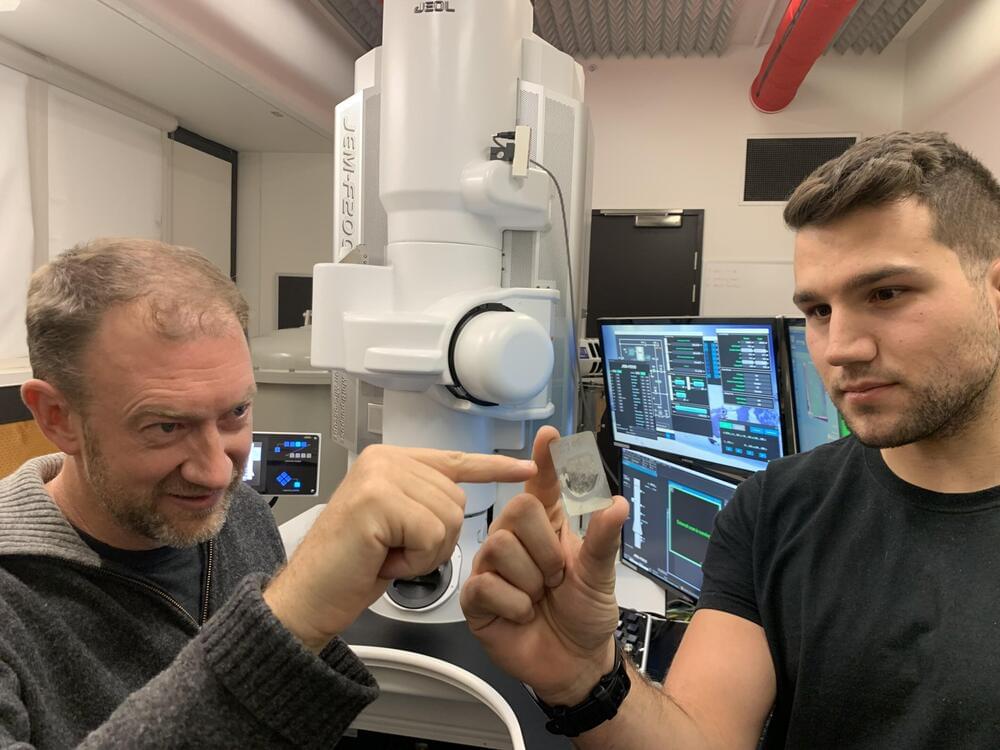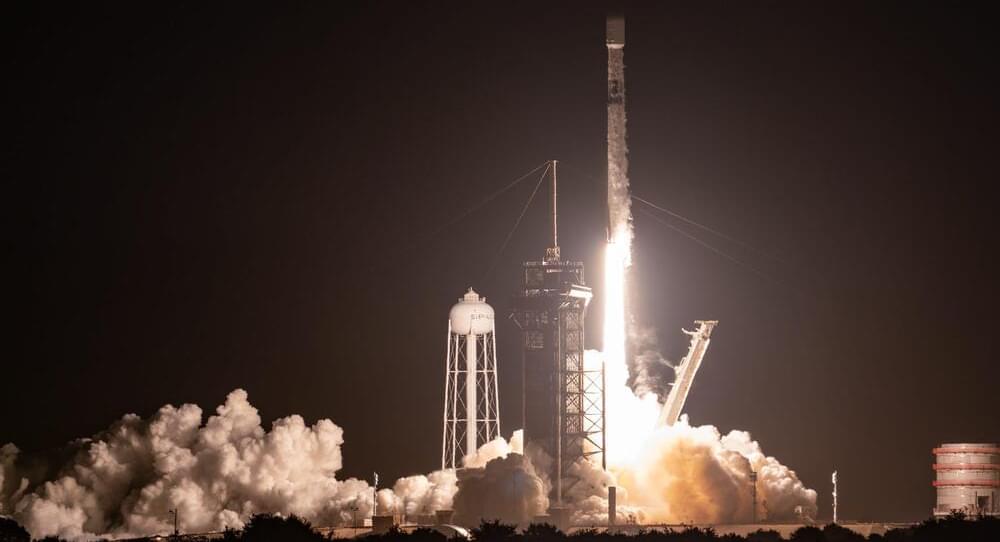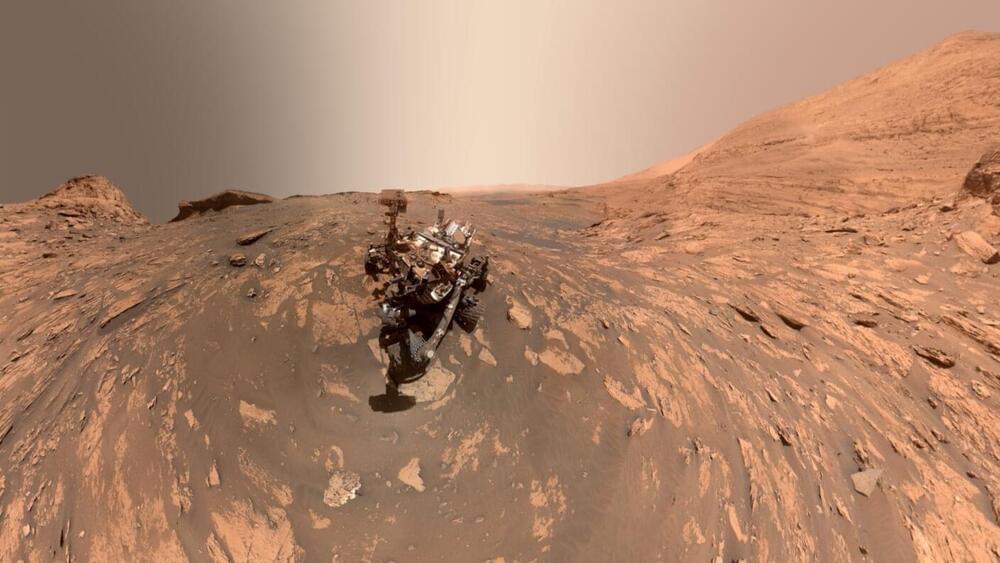The new data could help explain why and how solar wind accelerates at great speeds across the solar system.
The European Space Agency’s Solar Orbiter probe made the first-ever remote sensing observation of a solar “switchback”, according to a blog post from the agency.
The ‘first evidence of a switchback in the solar corona’
Source: ESA/ATG medialab.
The new data gathered by the mission sheds new light on a mysterious phenomenon that had only been hypothesized until now. It could help explain how solar wind is propelled across the solar system at incredibly fast speeds.




